#finno-ugric languages
Explore tagged Tumblr posts
Text
Hairehehvedäjät verbit karjalan da suomen kielen välil
Täh postavukseh olen kerännyh ylehizii hairehehvedäjii verbilöi karjalan da suomen kielen välil.
I have gathered common misleading verbs between Karelian and Finnish in this post.
karjala suomi
havaččuo: havačun herätä huijata: huiguan pilkata, häväistä huijustella: huijustelen hävetä jaksua: jaksan riisua kaimata: kaimuan hukata kielastua: kielastan huijata, valehdella kižata: kižuan pelata maksua (3.prs) kannattaa, olla kannattavaa maltua: maltan osata mieldyö: miellyn rakastua muata: maguan nukkua (myös maata) murendua: murendan rikkoa opastua: opastan opettaa opastuo: opastun oppia oppie: opin yrittää opitella: opittelen kokeilla ozuttua: ozutan näyttää panna: panen mattii kiroilla puhuo: puhun puhaltaa sellitä: selgien pukeutua suvaija: suvaičen rakastaa syndyö: synnyn mahtua šuorita: šuorien pukeutua šuuttie: šuutin pilailla tarreta: targien uskaltaa tirpua: tirpan sietää, malttaa tostavuo: tostavun huomata uskaldua: uskaldan luvata uinota: uinuon nukahtaa varata: varuan pelätä voimattuo: voimatun sairastua
Da sit vie, ku oppiu kiändiä midägi suomespäi karjalah, ei voi vallita sidä sanuo, mi enzimäi mieleh juohtuu.
suomi karjala
havaita čusvuija, tundie huijata pettiä, muanittua, kielastua jaksaa voija, olla vägie kaivata kyzyö, igävöijä kisata kimpuija, vojuija, kilbailla malttaa tirpua, olla tirpačču, pyzyö tirpaččunnu mieltyä kiindyö maata muata, viruo murentaa muroittua, häilyttiä opastaa nevvuo oppia opastuo paistaa pastua puhaltaa puhuo puhua paista selvitä selletä, piästä suvaita hyävksyö, kaččuo hyväkse syntyä roija suorittaa piästä misgi läbi, suavuttua midägi tarjeta kestiä viluu uskaltaa tarreta varata tilata, ostua
#karjalan kieli#karjala#karjalakse#karelian#finno-ugric languages#baltic finnic#related languages#false friends#language blog#livvinkarjala
42 notes
·
View notes
Text

🐸✏️🇪🇪 "konn"
0 notes
Photo
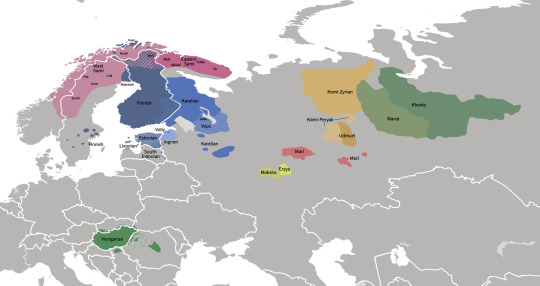
Finno-Ugric languages distribution map
217 notes
·
View notes
Text
I feel like we don't talk enough about how there's literally an entire episode about Finland telling us the rest of the nordics speak germanic languages and he speaks a Finno-Ugric; the episode also implies none of the others speak Finnish. which is super funny cause it means Fin can talk trash about them in front of them.
#Finno-ugric isn't even Indo-european#which bothers me for some reason bc#all the surrounding languages are Indo European like hey uhh#what happened#aph finland#hws finland#hetalia#aph nordics#hws nordics
71 notes
·
View notes
Text
english only speaking and one fans listen to the german sung tracks!! please it for yalls own good!!!!!
#and one#pls it so good for the ecosystem and ur languages are related anyways so its not that hard to understand#even a silly finno-ugric person can do it !!
3 notes
·
View notes
Text
not germanic, romance nor slavic, but a secret fourth thing (finno-ugric)
#:V#yes i know finno-ugric isnt the only non-germanic/romance/slavic language in europe#but i just think its funny to look at a map of indo-european languages and its a big rainbow except for the 3 countries that are finno-ugri#also love looking at maps of finno-ugric/uralic languages. cause we really are just scattered to 3 separate areas. great job team.
11 notes
·
View notes
Text

Language learning..?
#soz life#spotify#look the Estonian language is cute as fuck but I am Apprehensive about trying something finno-ugric#certainly via playlists
2 notes
·
View notes
Text
i love hungarian so much. it’s such a fascinating and beautiful language with a rich history and when i speak it i feel connected to my ancestors and family…. but
why dose it need to have over 1 million words??
#linguistics#learning#language#hungarian#finno ugric#learning hungarian#hungary#polygot#in training#naomilearns:]
4 notes
·
View notes
Text

sometimes language families fuck me up a bit. like hi we used to sit around the same fire and we saw the same birds flying south and our children climbed in the same trees but then we parted ways and now we might not understand each other at all but maybe we can still recognize each others words for the moon.
#. this is so 🥹🩵#. and yeah languages that are fighting for their survival have a special place in my heart too#uralic languages#finno ugric languages#l
13K notes
·
View notes
Photo

Map of the Permic branch of Finno-Ugric language family
64 notes
·
View notes
Text
I like how all Indo-European languages are all similar, because by learning English i can understand simple sentences from pretty much any other of them
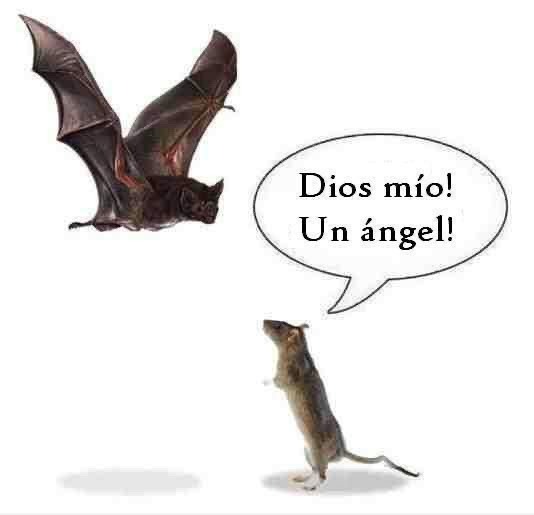
284K notes
·
View notes
Note
Do you speak any finno-ugric languages?
225 notes
·
View notes
Note
Oh hey didn't know Finnish doesn't have gendered pronouns!! So good to finally see someone else who shares my experience of "why do I need to separate people by gender that's so weird" while learning English lol (Hungarian only has ő (singular they) and az (it))
-local Hungarian lurker
Very distantly related languages (as you may know already) :]
Giving you a friendly Finno-Ugric high five.
#hän 🤝 ő#answered#anonymous#I'm under the impression that all Uralic languages are genderless but take that with a grain of salt I could be mistaken
245 notes
·
View notes
Text
some post-Eurovision 2023 stats for the Finno-Ugrics:
Of the 5 Finno-Ugric languages that have been present at Eurovision,
Finnish (Finland 2023) has achieved 2nd place with the 2nd largest televote result of all time, as well as 7th place 3 times (1962, 1964 & 1989) in the finals
Udmurt (Russia 2012) has achieved 2nd place in the finals
Hungarian (Hungary 1994) has reached 4th place in the finals
Northern Sami (Norway 2019) has reached 5th place in the finals
Estonian (Estonia 2012 & 2009) has reached 6th place twice in finals
Võro (Estonia 2004) has gotten 11th place in the semi-finals
403 notes
·
View notes
Text
Love this animal, the Magyar
Love this animal, the More gay


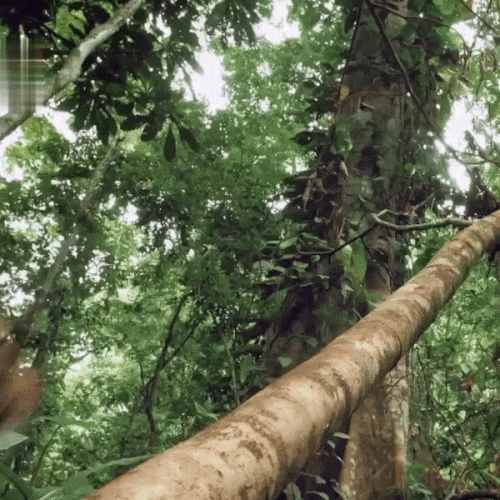
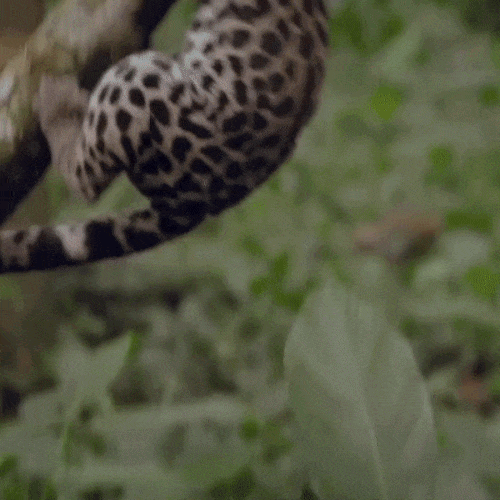

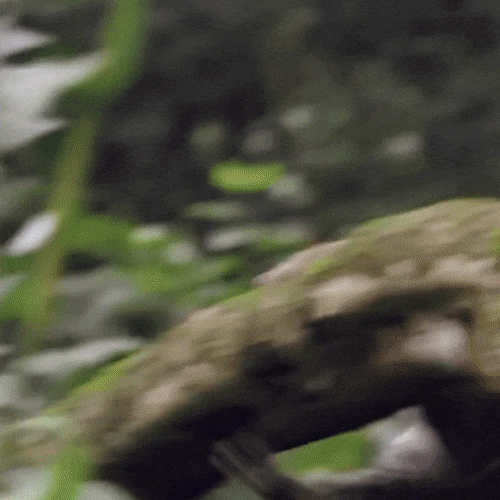
Margays are small felines that spend most of their lives in the trees. Margays can rotate their ankles 180 degrees, allowing them to climb down trees headfirst. They have been observed jumping up to 12 feet horizontally and have been known to mimic the voices of infant monkeys so they can eat the parents.
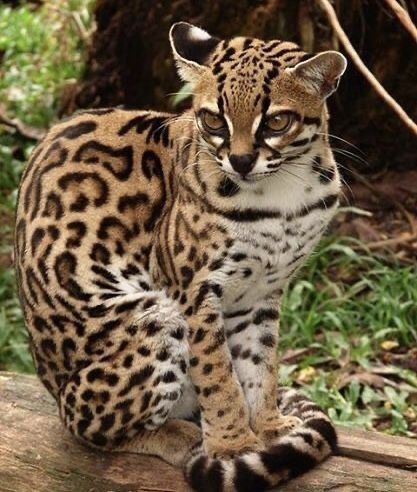
🐾 1minuteanimals on IG
#gay#lgbt#feline#felines#cat#cats#magyar#hungarian#languages#magyarország#tumblr magyarorszag#margay#margays#hungary#finno ugric#uralic#felidæ#felidae#felid#felids#feliformia#feliforme#animals#animalia#environment#ugric
8K notes
·
View notes
Note
Would you recommend studying finno-ugric languages (for a native Finnish speaker)? Can you share some tidbits?
Hi!
I am specifically doing my studies at the University of Helsinki so I can give you specifics on what we do here (the same things apply if you study this as a hobby tbh)!
First of all, if you are considering this field, you NEED to be ready to learn at least one completely new language to a B2 level. Our field requires at least 3 courses in another Uralic language (I am doing North Sámi, the other two options are Hungarian and Estonian). On top of that, you can (or kinda have to if you don't wanna do a 4th course from that first language) do 1-2 courses on an another Uralic language. These singular courses also cover the smaller languages, I am so looking forward to a Nenets course becoming available!
Another thing you need to keep in mind is that while we are grouped with the Finnish fields here at UoH, our field is totally different, in my opinion, this resembles linguistics a lot more than Finnish studies. You have to be ready for a lot of linguistics courses and I recommend studying linguistics on your own before applying.
The third thing is the job market. There aren't many jobs specifically for this field unless you want to be a professor or a researcher so think of this as a secondary career option and be ready to educate yourself further after finishing your studies.
From the standpoint of the community here at UoH, you WILL become the center of attention. There are SO FEW of us here we are like rare shiny Pokemon. Both staff and other students will say "Oooh what I've never met anyone in your field yet" more than once. Be ready to answer the burning questions such as "So where did Finnish come from" or "What is the etymology of Suomi" 1 week in. Prepare your answer before you even come in for orientation.
Learning about the Uralic languages will definitely help you learn about how Finland came to be. You'll also be able to learn other Uralic languages faster and even start to understand them without studying them at all in some cases!
TLDR: a rare form of linguistics disguised as Finnish studies. People will question your life choices. You will too after memorizing North Sámi noun cases at 1am.
#finnish#langblr#langblog#suomen kieli#suomitumblr#linguistics#university#uralic languages#i love nenets#nganasan has been another fave for ages
25 notes
·
View notes